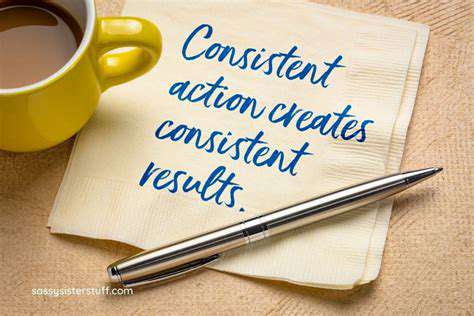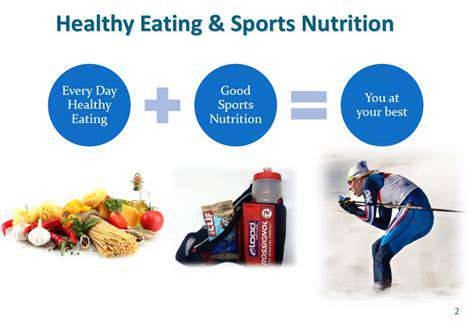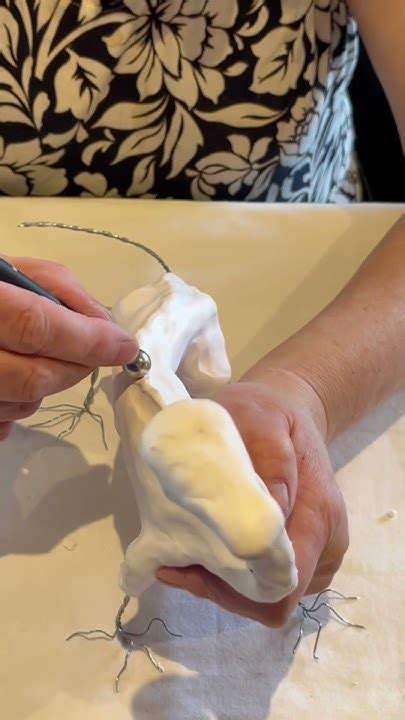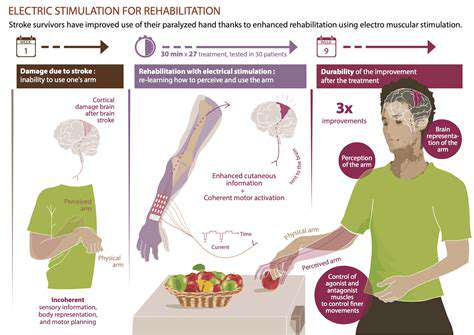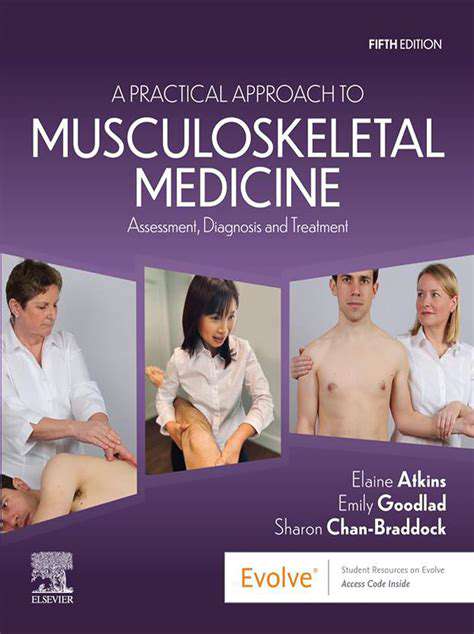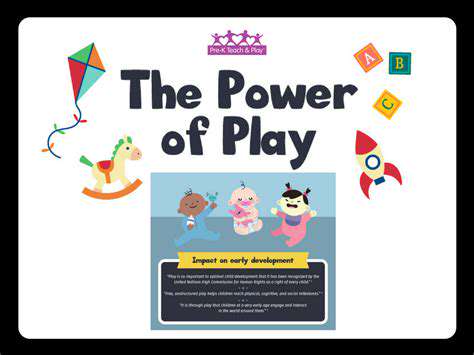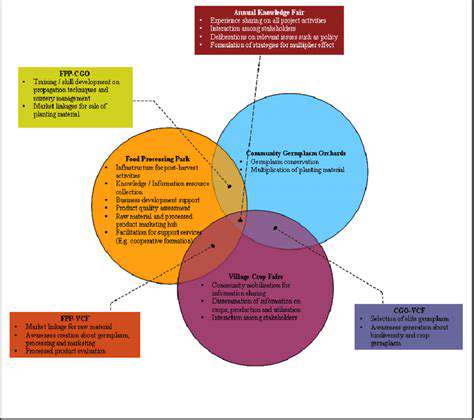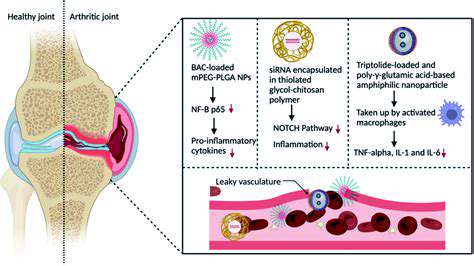Specialized Routines to Enhance Hand Performance
Finger Dexterity Exercises
Developing finger dexterity is crucial for fine motor skills refinement. These exercises often incorporate small objects like beads, buttons, or clay pieces to encourage precise movements. Regular practice strengthens finger muscles and improves control, leading to noticeable improvements in daily tasks requiring fine motor skills.
Activities involving pinching, gripping, and twisting are particularly effective. They target the small finger muscles directly, enhancing their ability to perform delicate movements. With consistent practice, your fingers will become remarkably adept at intricate tasks.
Tracing and Copying Techniques
Tracing activities offer a structured approach to improving hand-eye coordination. Using templates or simple drawings helps develop the ability to follow visual instructions while controlling hand movements precisely. This method builds stroke accuracy and finger control, essential for many daily activities.
Varying the materials - different papers, pens, or pencils - keeps the exercises engaging. The repetition involved reinforces motor patterns, gradually improving overall fine motor capabilities.
Mastering Buttoning and Zipping
These everyday tasks perfectly demonstrate applied fine motor skills. They require coordinated finger movements and the ability to manipulate small components. Regular practice not only strengthens hand muscles but also builds confidence in performing self-care tasks independently.
Creative Play with Modeling Materials
Manipulating playdough or clay provides excellent fine motor practice while being enjoyable. The tactile experience develops finger dexterity and spatial reasoning through shaping and molding activities. These creative exercises simultaneously enhance problem-solving abilities while refining motor control.
Developing Scissor Skills
Cutting activities represent fundamental fine motor development. Working with scissors requires precise hand-eye coordination and controlled force application. This skill proves essential for numerous practical tasks, from crafts to packaging, making it valuable for all ages.
Constructive Block Play
Building with small blocks like LEGOs develops multiple skills simultaneously. The precise placement and connection of pieces improves dexterity while stimulating spatial reasoning. This activity uniquely combines motor skill development with cognitive growth, making it exceptionally beneficial.
Beading and Small Object Manipulation
Stringing beads requires focused attention and precise hand movements. These activities strengthen small hand muscles through repetitive motions while also developing problem-solving skills. The combination of physical and mental engagement makes them particularly effective for comprehensive development.
Beyond the Gym: Incorporating Everyday Activities
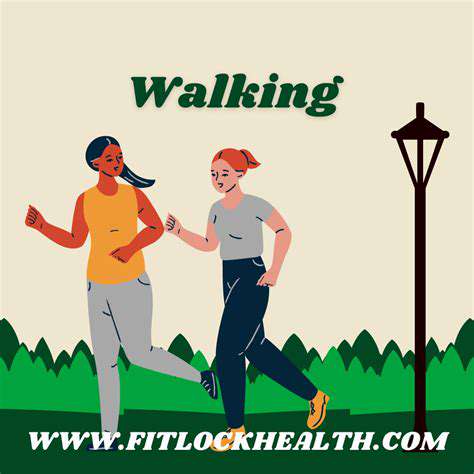
Expanding Fitness Beyond Traditional Settings
Moving fitness activities outside conventional gyms offers fresh perspectives and renewed motivation. This approach often leads to greater consistency as it aligns exercise with personal interests and natural environments. Discovering alternative workout settings can reveal unexpected physical capabilities.
The key to sustained fitness lies in finding activities you genuinely enjoy. Whether in parks, trails, or community spaces, varied environments contribute to a more engaging and sustainable fitness routine.
Nature as Your Fitness Studio
Outdoor activities like hiking and trail running provide excellent workouts while connecting you with nature. The combination of physical exertion and natural surroundings creates unique mental health benefits that indoor workouts often can't match.
Participating in outdoor group activities adds social dimensions to fitness. The shared experience of exploring nature while exercising builds community and mutual encouragement.
The Power of Group Dynamics
Group fitness classes create motivating environments through collective energy. The social aspect significantly boosts adherence to exercise routines while introducing varied movements that challenge the body in new ways.
Structured group settings provide built-in accountability, helping maintain consistency. The variety of classes available ensures options for all fitness levels and interests.
Practical Functional Training
Functional fitness focuses on movements that translate directly to daily life. This approach builds strength that's immediately applicable to real-world situations, from lifting groceries to household chores.
Using minimal equipment makes functional training accessible anywhere. The emphasis on compound movements ensures efficient workouts that improve overall mobility and independence.
Integrating Mind and Body
Practices like yoga combine physical movement with mental focus, creating holistic benefits. The emphasis on breath control and body awareness develops skills that enhance both physical performance and stress management.
Incorporating these disciplines provides balance to more intense workouts. The mindfulness component helps maintain exercise consistency by fostering deeper body awareness.


